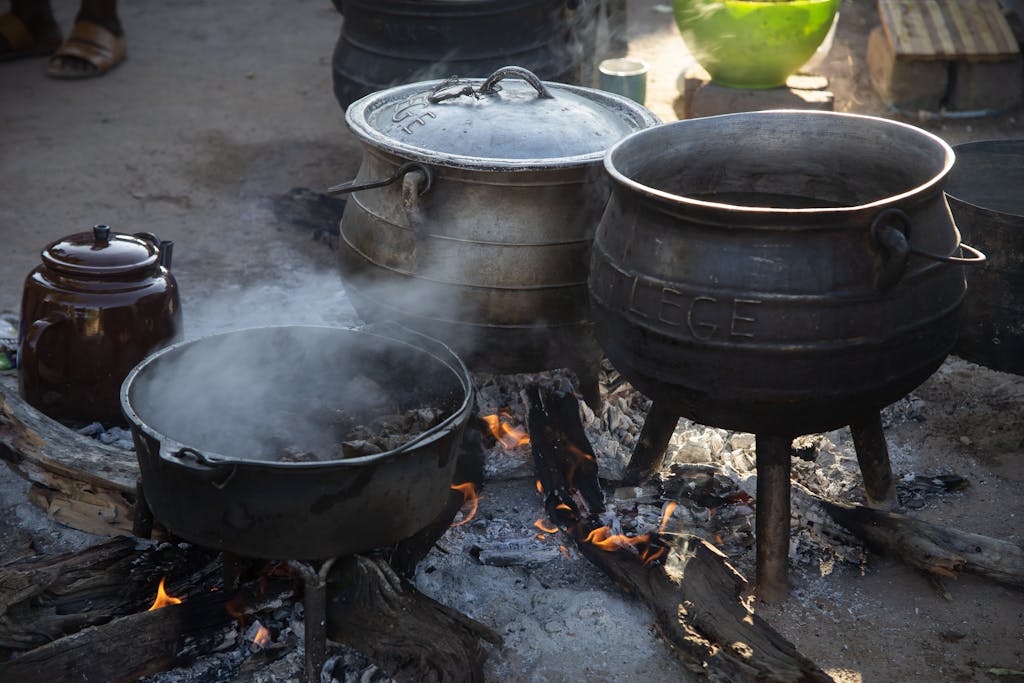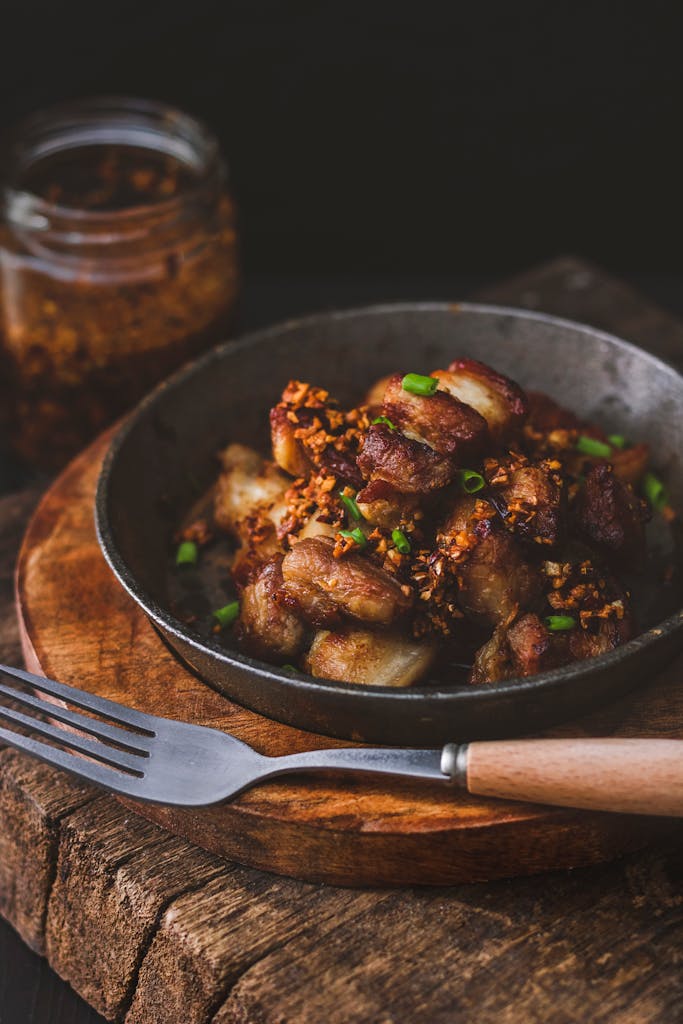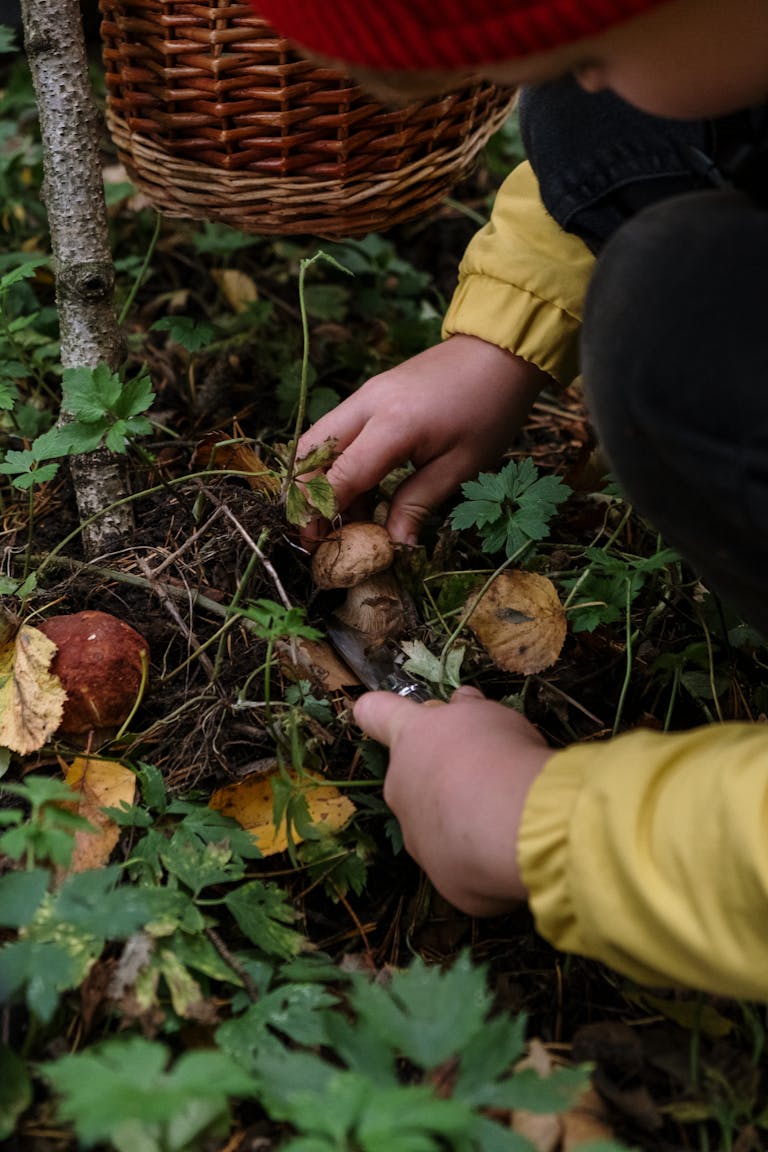Cooking with Cast Iron: Tips, Tricks, and Delicious Recipes
As a general rule, witchy people tend toward being outdoorsy and often times even a bit rustic, and I am no exception, so it is only natural that I love anything that leans toward traditional homesteading skills. That includes cooking over open flames with my trusty cast iron cauldron but also with my kitchen stove with cast iron skillets, dutch ovens, and muffin pans. Cast iron cookware has been cherished by professional chefs and home cooks alike for decades, and for good reason. These versatile and durable pieces can handle high heat, go from stovetop to oven seamlessly, do well over a camp fire, and even improve with age. Whether you’re a seasoned chef or a kitchen novice, cooking with cast iron can elevate your meals to the next level. Here’s a beginner’s guide to help you get started with this classic kitchen tool.

Why Choose Cast Iron?
1. Unmatched Heat Retention: Cast iron retains and distributes heat evenly, which makes it perfect for frying, searing, and baking.
2. Versatility: From stovetop to oven to fireplace, cast iron skillets and Dutch ovens are incredibly versatile. They’re perfect for everything from simmering stews to baking bread.
3. Durability: With proper care, cast iron cookware can last for generations.
4. Health Benefits: Believe it or not, cooking with a good cast iron pan can increase the iron content in your food, which is a great nutrient bonus. One word of caution, however: You do need to beware of cheap cast iron pans with lead cores which can leach lead into your food. One sure way to avoid those is to always purchase from a reputable company like Lodge, but if you’ve inherited a cast iron pan that you aren’t sure of, you can always purchase an inexpensive lead test kit here.
Choosing Your First Cast Iron Pan
For beginners, a 10 to 12-inch cast iron skillet is a great starting point. It’s versatile enough to handle a variety of cooking techniques and large enough to cook for several people. Well-known brands like Lodge offer affordably priced skillets that come pre-seasoned and ready to use.
Seasoning Your Cast Iron
Seasoning is the process of creating a protective layer of oil on your cast iron cookware, making it non-stick and preventing rust.
1. Clean the pan: Wash your new cast iron with hot water and a bit of soap to remove any factory residues. Dry it thoroughly. Note: From this point on, you’ll never use soap on your pan again.
2. Apply oil: Rub a thin layer of vegetable oil, or any cooking oil with a high smoke point, over the entire pan, including the handle and bottom.
3. Heat it: Place the pan upside down in an oven preheated to 350°F (175°C). Bake for one hour, then turn off the oven and let the pan cool inside.
Repeat this process once to twice a year, or as needed, to maintain a strong seasoning.

Cleaning and Maintenance
- Avoid cooking acidic foods (like tomatoes) until your cast iron is well-seasoned.
- Clean while still warm using hot water and a scrub brush. Avoid soapy water or dishwashers as these can strip the seasoning.
- If food sticks stubbornly, use a paste of coarse salt and water and scrub with a stiff brush or sponge.
- Always dry thoroughly and apply a light layer of oil after each cleaning to prevent rust.
Avoiding Rust
— Store in a dry place.
— If rust appears, scrub it off with steel wool, re-season the pan as needed
Cooking With Cast Iron
Here are some tips to get the best results when using your cast iron skillet:
- Preheat properly: Allow your pan to heat up slowly over medium heat to ensure even cooking.
- Use enough oil: Always use a bit of oil or fat to prevent sticking and maintain your seasoning.
3. Avoid cooking acidic foods initially: Acidic ingredients like tomatoes and vinegar can strip the pan of its seasoning. Once your pan is well-seasoned, you can cook these foods without much worry.
4. Use appropriate utensils: Metal utensils can be used with cast iron. Unlike non-stick pans, they won’t damage the surface.
Delicious Recipes to Try with Cast Iron
1. Classic Fried Eggs
Preheat your skillet and add a bit of butter. Crack your eggs in and cook until the whites are set. Easy and delicious!
2. Pan-Seared Steak
Preheat the skillet until it’s smoking hot. Season your steak with salt and pepper, add a bit of oil to the pan, and sear each side for a few minutes until you reach your desired doneness.
3. Cast Iron Skillet Pizza
Ingredients:
– Store-bought pizza dough
– 1 cup pizza sauce
– 2 cups shredded mozzarella
– Toppings of your choice (pepperoni, mushrooms, olives, bell peppers, etc.)
Instructions:
1. Preheat oven to 475°F.
2. Roll out pizza dough to fit your skillet.
3. Lightly oil the skillet, then place the dough inside.
4. Spread pizza sauce over the dough.
5. Sprinkle with mozzarella and add desired toppings.
6. Cook on stovetop over medium heat for 5 minutes.
7. Transfer skillet to the oven and bake for 12-15 minutes, or until crust is golden and toppings are bubbly.
4. Cast Iron Skillet Brownie
Ingredients:
– 1/2 cup butter
– 1 cup sugar
– 2 eggs
– 1 teaspoon vanilla extract
– 1/3 cup cocoa powder
– 1/2 cup flour
– 1/4 teaspoon salt
– 1/4 teaspoon baking powder
Instructions:
1. Preheat oven to 350°F.
2. Melt the butter in your skillet over medium heat.
3. Remove from heat, stir in sugar, eggs, and vanilla.
4. Mix in cocoa, flour, salt, and baking powder.
5. Spread batter evenly in the skillet.
6. Bake for 20-25 minutes.
—
Cooking with cast iron might seem intimidating at first, but with a little care and practice, it will become one of your favorite kitchen tools. This forgiving cookware can truly make a difference in your cooking, offering delicious, evenly cooked meals and a timeless appeal. It will transform the way you approach meal preparation, bringing a timeless robustness to your kitchen adventures. By incorporating these tips and recipes, you’ll swiftly become a cast iron cooking connoisseur.
Happy Cooking


